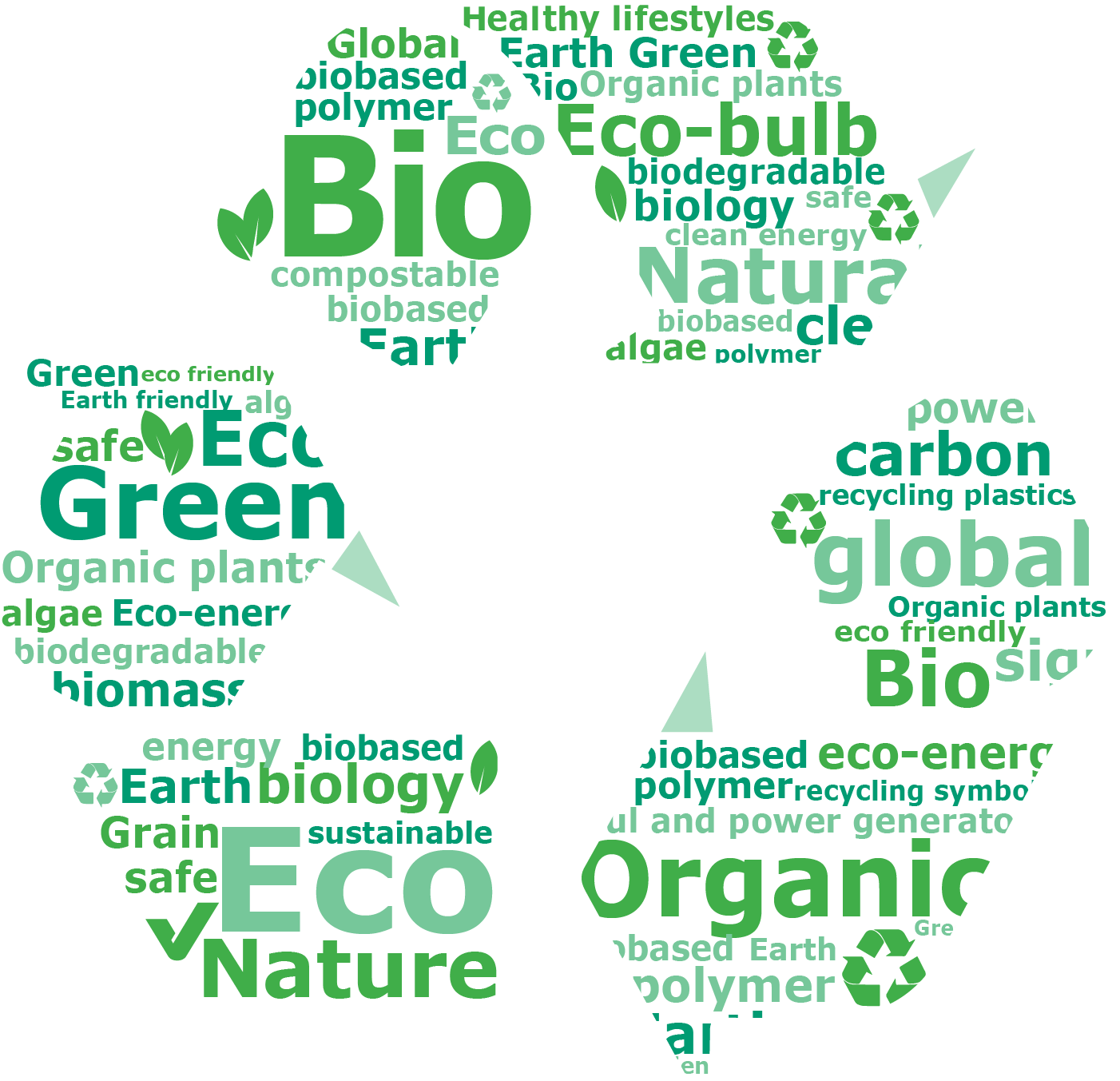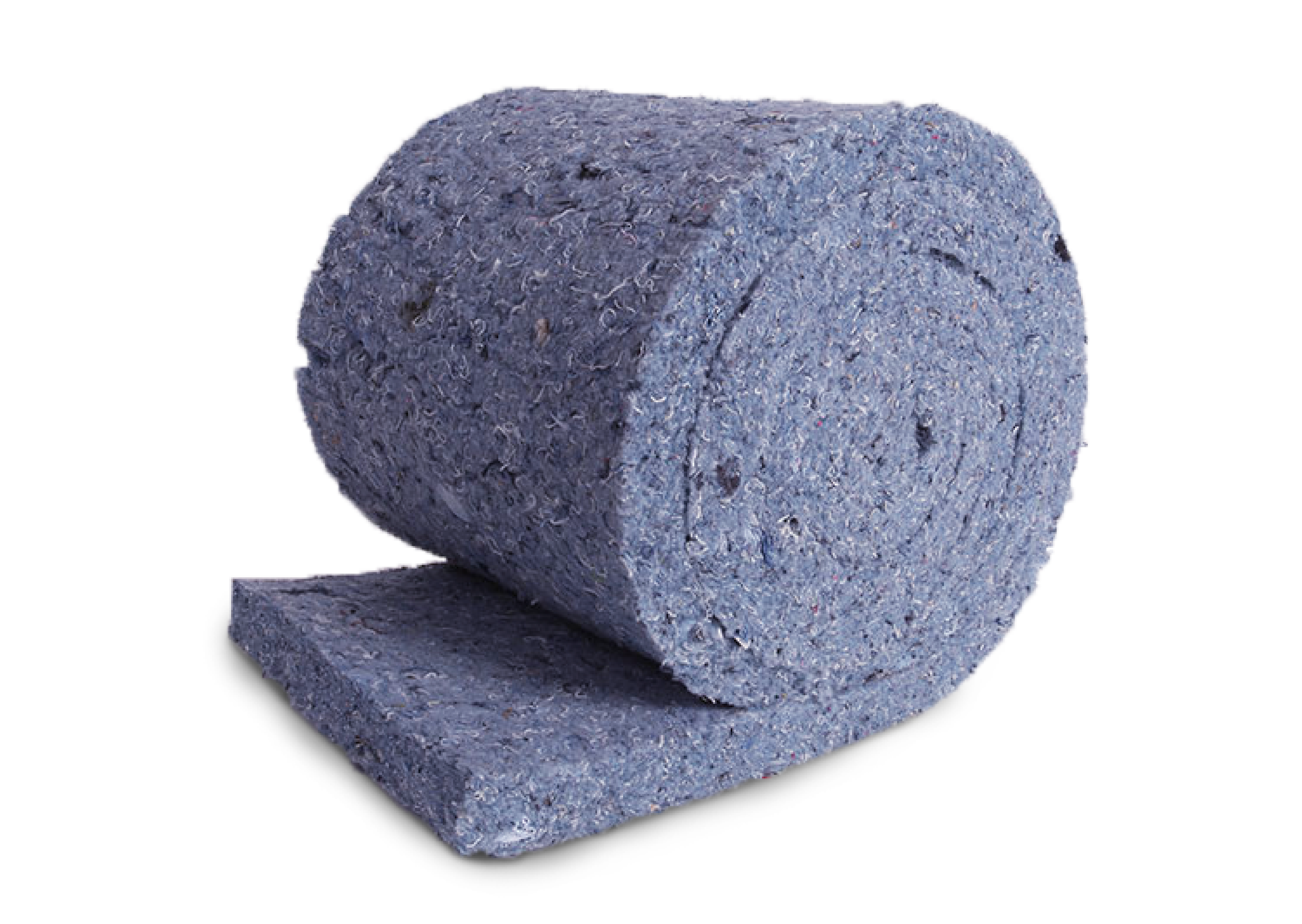Some traditional uses for recycled blue jean material range from raw sheets for home/building insulation, to encasing the layers in a film to be used as a flexible cooler. The sourcing of cotton is actually a very non-eco-friendly process. This requires the consumption of massive amounts of water and insecticides. Blue jean uses indigo dye or “mordant” surface treatment to color the raw cotton. The dye does not penetrate the fibers directly, but binds externally to the threads using a chemical agent called a mordant. Mordants are made from heavy metals like chromium or aluminum, both of which kill plants and can destroy ecosystems.
When used in any cold-chain shipping application, the recycled blue jean material is utilized as insulation with an outer polyethylene/ metalized film to repel moisture during transit. This alone means these particular products are not “eco-friendly” or “green.” They still pose the same recycling difficulties as any another plastic. If these materials are separated you can then recycle the blue jean (cotton) material to be reused as insulation. Blue jean insulation is in some cases being marketed as biodegradable. Although 100% cotton can degrade over time naturally, the toxic dyes used in denim material could contaminate the soil or compost during biodegradation.
Negative Aspects of Blue Jean Insulation
- Insulative values are not competitive with the more eco-friendly alternatives like starch
- Flimsy panels can make a packout more difficult
- Materials must be separated for individual disposal
- Toxic dyes can contaminate soil if used in any compost pile
- Blue jeans are not always 100% cotton denim, mixing polyester or other non-biodegradable materials into the fabric




